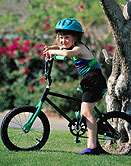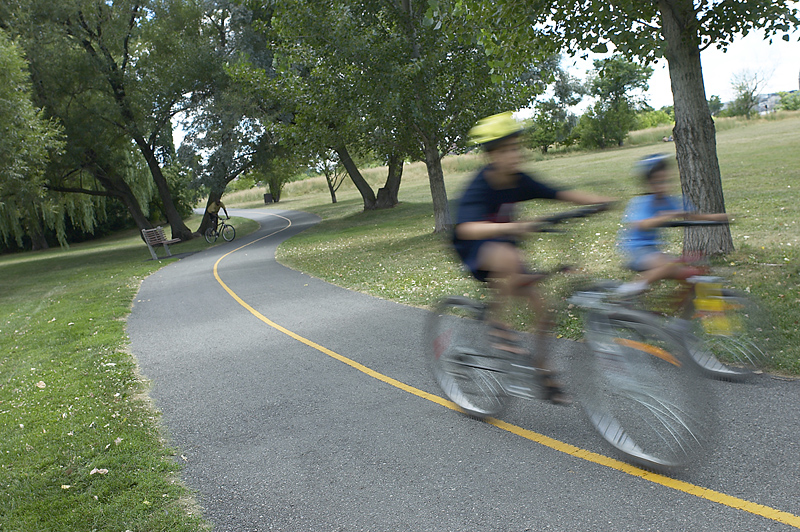
THURSDAY, March 15 (HealthDay News) — Children in a neighborhood with an extra-wide walking/bicycle trail were three times more likely to get vigorous exercise than those in a neighborhood with regular sidewalks, a new study shows.
The researchers compared children in two low-income neighborhoods in Chattanooga, Tenn. One has a two-mile trail for cycling and walking that winds from new public housing and single-family residences to a school, library, recreational facility, park and retail shops.
The other neighborhood has similar features, but regular-width sidewalks, according to the study scheduled to be presented Thursday at an American Heart Association (AHA) meeting in San Diego.
“There was more vigorous activity in the park and along the trail. There was more jogging or bike riding, which makes sense because the urban trail was made for that,” study author Gregory Heath, an assistant provost for research and engagement at the University of Tennessee at Chattanooga and the UT College of Medicine, said in an AHA news release.
Previous studies of this type of neighborhood feature have focused mostly on suburban or upper-income communities, according to the release.
“Infrastructural changes like these are expensive. But quite frankly in the long run, they’re worth it,” Heath said.
Because this study was presented at a medical meeting, the conclusions should be viewed as preliminary until published in a peer-reviewed journal.
More information
The Nemours Foundation has more about children and exercise.

